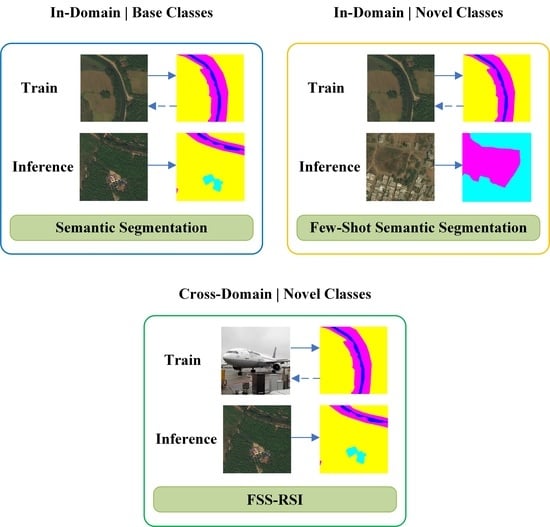Learn to Few-Shot Segment Remote Sensing Images from Irrelevant Data
Abstract
Share and Cite
Sun, Q.; Chao, J.; Lin, W.; Xu, Z.; Chen, W.; He, N. Learn to Few-Shot Segment Remote Sensing Images from Irrelevant Data. Remote Sens. 2023, 15, 4937. https://doi.org/10.3390/rs15204937
Sun Q, Chao J, Lin W, Xu Z, Chen W, He N. Learn to Few-Shot Segment Remote Sensing Images from Irrelevant Data. Remote Sensing. 2023; 15(20):4937. https://doi.org/10.3390/rs15204937
Chicago/Turabian StyleSun, Qingwei, Jiangang Chao, Wanhong Lin, Zhenying Xu, Wei Chen, and Ning He. 2023. "Learn to Few-Shot Segment Remote Sensing Images from Irrelevant Data" Remote Sensing 15, no. 20: 4937. https://doi.org/10.3390/rs15204937
APA StyleSun, Q., Chao, J., Lin, W., Xu, Z., Chen, W., & He, N. (2023). Learn to Few-Shot Segment Remote Sensing Images from Irrelevant Data. Remote Sensing, 15(20), 4937. https://doi.org/10.3390/rs15204937





